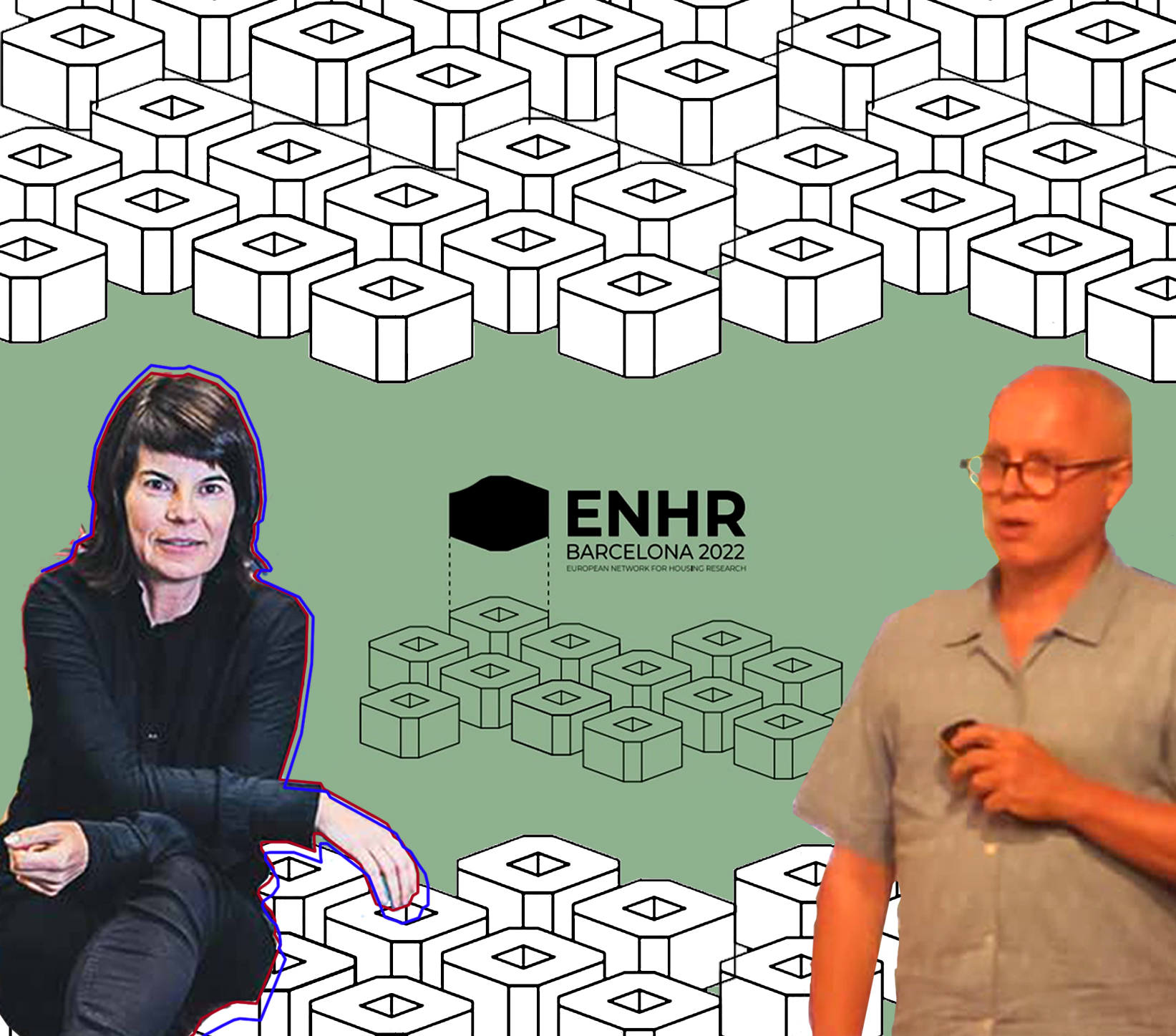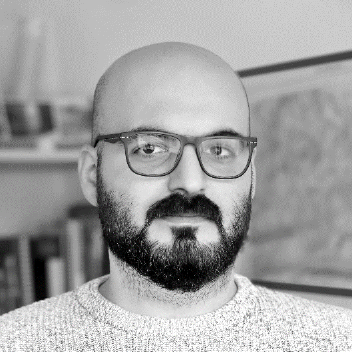ENHR 2022 | To avoid the perception trap
Posted on 10-09-2022
Housing across Europe is facing rapidly growing challenges, and most of these challenges go beyond construction, financing and management. They also extend to technology adaptation, policy changes, environmental threats and post-disaster and pandemic recovery. During the last week of August, more than 300 projects and contributions from all over Europe were presented to discuss these challenges and to show where we currently stand in terms of housing.
The European Network for Housing Research (ENHR), founded three decades ago with the aim of improving the quality and relevance of European housing research, has concluded its annual conference. This year, Barcelona was the destination for more than 360 participants. The conference, which spanned four days discussing the struggle for the right to housing, the pressures of globalisation and affordability in cities today, was a success in every respect. Plenary sessions, site visits, interactive presentations and more than 25 types of workshops covered a list of housing-related topics that I cannot even begin to list and explain. However, I will try to articulate some of my thoughts that emerged during the conference in relation to my research project.
The colour, nature and responsibility
It is fascinating how we make sense of our surroundings and perceive reality - my understanding is that we have labelled everything, even our problems and its possible solutions. We have harmed our planet, so we said 'environmental problems', and to deal with these problems we have created a dozen concepts, including green building, blue building, sustainable building and so on.
At the fifth plenary session of the ENHR it was suggested that there is a 'green challenge' and that to 'solve' it we need innovative design of sustainable housing. I can agree with the last part, but not the first. Sustainability is a wicked problem, and its solution should have no colours. Jeremy Till, Professor of Architecture at the University of the Arts London, explains that the definition of the words we use could become a trap we need to avoid. I think this is a very effective way of dismantling the problem at hand and rethinking the meanings and perception of our terminology. I could argue that we need to look beyond the obvious meanings to discuss the essence of sustainability. I believe that sustainability is a tricky issue that cannot be magically or individually 'solved', but what we can do is contribute to the discussion.
“The problem at hand is neither amusing nor provocative; it is a serious problem that we all face. We must speak up, no matter who we upset in the process.” (Till, 2022)
We must accept our responsibility and understand that the contribution must come from all stakeholders, without excluding them. Government officials, private developers, citizens and researchers all have their share of responsibility. We need to keep reminding ourselves that we no longer have the power of choice and that there is no 'Planet B', even if our words are harsh and loud.
“We all carry a great responsibility to look beyond individuality in what we do; to succeed, we must join our efforts at all levels. We should do and contribute what we can, so that there will be better future for the next generations to come.” (Heindl, 2022)
Gabu Heindl, Professor of Urbanism and head of GABU Heindl Architektur in Vienna, explains that the work we do must be collective and that we must combine our efforts across all borders. I can only agree with that! I could add that the conventional approaches have worked so far, but they are no longer sufficient. There should be neither a top-down nor a bottom-up approach. The field should be level and the responsibility evenly distributed. The researcher should lead the way by creating clear and simple language and breaking through the walls of individuality. We need to rethink transdisciplinarity and the transferability of the knowledge we create. Before we suggest how to solve a wicked problem, we should talk to each other. So more ENHRs are needed, and perhaps we should set broader goals and call for a global network for housing research.
References
HEINDL, GABU. 2022. Plenary Session 5 – Solving the Green Challenge: Innovative Design for Sustainable Housing, ENHR, Barcelona.
TILL, JEREMY. 2022. Plenary Session 5 – Solving the Green Challenge: Innovative Design for Sustainable Housing, ENHR, Barcelona.


